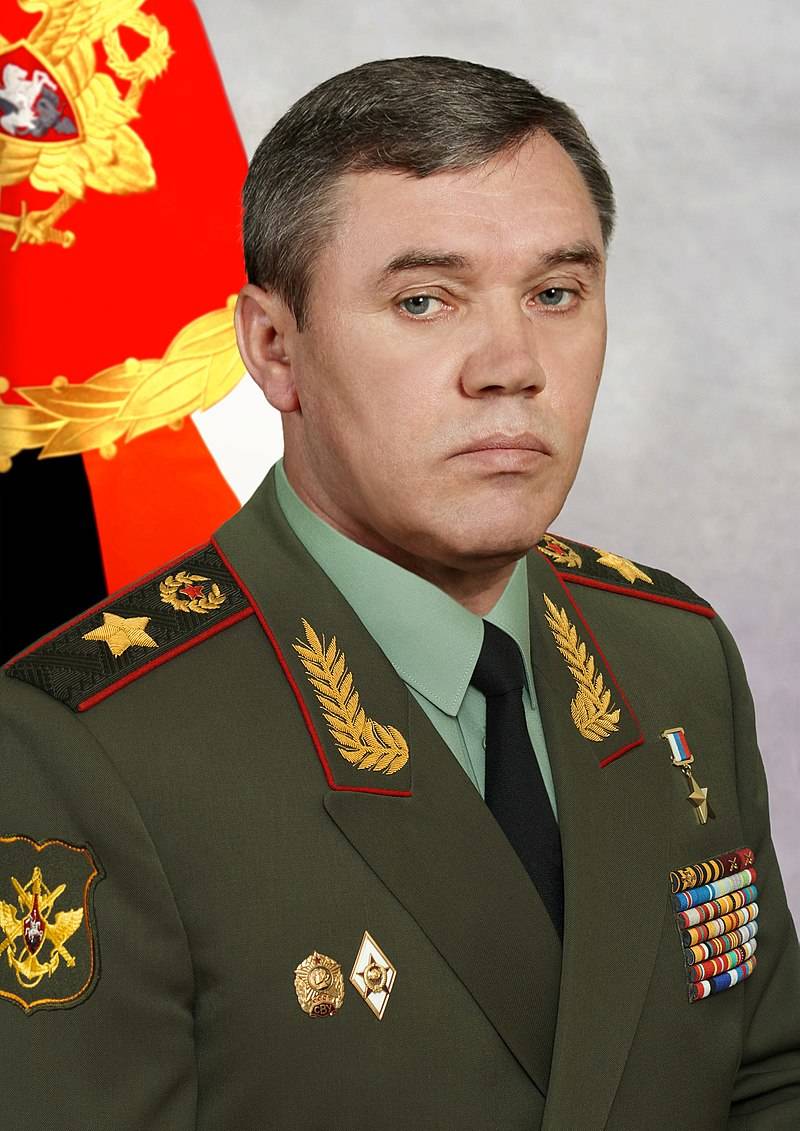AI in War Means Deepfakes as Well as Killerbots
In its Gerasimov and Primikov doctrines of warfare, Russia makes this clearSince 2014, Russia has played a dominant role in the civil war hostilities in Syria where the testing of technology fresh out of research and development has been applied to measure results, graded by software systems. Such military upgrades launched in Syria and in Yemen include the SS-21 Scarab, the Uran-9 and the Ratnick-4 (robotics). A four day drill was held in December 2019 in the Gulf of Oman and the Indian Ocean. Participants were Russia, Iran, and China whose cooperation, unity, and military exchanges were evident during the drills.

Russia’s involvement should be considered in the light of a strategy. In 2013, Russian Army General Valery Gerasimov (right) published a strategic doctrine (the Gerasimov Doctrine) where he described applying non-military as well as military warfare, mobilizing and utilizing all national power to achieve a mission. Non-military power includes economic sanctions, diplomatic pressure, propaganda, threatening navigation, false or fake stories and publications, cyber threats, arrests, espionage, theft, demonization, corruption, ridicule, trolls, counterfeiting, broadcasts, chaos, violations of agreements/treaties, torture/death, proxies, gas-lighting and technology generally.
Another concept of interest is the Primikov Doctrine, after Russian diplomat and Prime Minister Yevgeny Primakov (1929–2015) which holds that, rather than competing with other global super powers, it is more efficient and less costly to constrain them. These two doctrines have merged.
Enter artificial intelligence (AI), where the Russian toolkit is expanding such that it includes physical and abstract systems for military and political purposes, in this case hybrid operations. The expansion comes as a result of a 2018 order from Vladimir Putin to organize national power, including engineers, education, science and commercial developers, to develop a plan for AI and Big Data. Putin seeks automation, training, laboratories, monitors, gaming, forums, conferences, and compliance to advance technologies in such a way that a 4:1 ratio of non-military to military activity is applied in locations most beneficial to global Russian expansion.
Potential battlespace locations chosen by Russia on land, at sea or in space have unique characteristics that favor AI for formulating, modeling and grading risks, costs, predictions, situational awareness, and strategy decisions.
The Kremlin mission’s goals are never clearly defined, due to “maskirovka” or deception, a common tool of Russia. But the annexation of Crimea was a clear achievement. Putin applied grey power or soft power in that quest and increased the hostilities in Russia’s continued war with Ukraine. The use of audio and video deep-fakes is expanding in Ukraine, the Baltic States, Western nations, and Africa.
Digital disinformation on social media, bots, and trolls by Russia is reshaping how other nations defend and analyze rogue nation tactics. Artificial intelligence and computer automation provides Moscow with predictive analytics for the effectiveness of influence and destabilization of nations over which Russia seeks power.
While Russia terminated the FEDOR (Skybot) for the International Space Station due to rendezvous failures, the humanoid has AI brains. These AI brains are also used in advanced Russian robots used to disarm bombs and mines and explore uncharted areas. The center of Russian technology for offense and defense systems is based in the Russian Foundation for Advanced Research Projects and Innovation, financed and managed by Dmitry Rogozin of the State Duma.
A particular area of interest for Russian use of robots is the Arctic. The Ratnik versions 3 and 4 are well designed for long term capabilities in extreme weather conditions, as the Kremlin seeks to lay claim to the large oil and gas fields. Oil-seeking robots probe under the ice in Project Iceberg. Russia has a sad history of submarine safety at sea due to human error and nuclear or mechanical failures and AI is well applied to reduce those risks.
The Russian power company, Nikiet has been tasked with the viability and testing of robots and unmanned systems to advance underwater operations in the Arctic. Project Iceberg has reactivated an estimated 50 Russian Arctic military bases where automated vehicles are used for testing, exploration and drilling, perhaps even charging stations.
Surveillance, reconnaissance, command and control, satellite, sonar and computer systems with remote capabilities, hypersonic weapons, and smart bombs are part of the computer decision-grade hybrid warfare doctrine of hard and soft power used by Russia, China, and likely other rogue nations, perhaps during joint military drills that feature collaboration and exchange or unity.
Note: The photo of Valery Gerasimov is republished under a Creative Commons licence (CC by 4.0) courtesy mil.ru
